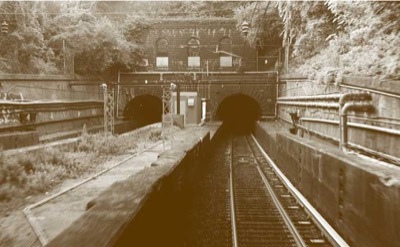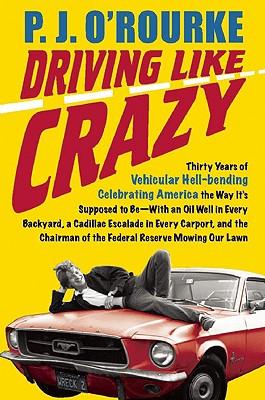The Antiplanner’s faithful ally, Wendell Cox, presents these data (20 KB PDF) on changes in urban density between 2000 and 2007. The density of the Portland urban area grew by 12.4 percent. Meanwhile, the density of the Houston urban area grew by 14.3 percent.
Other relatively unplanned urban areas also had rapid density growth: Riverside-San Bernardino (the least-planned communities in southern California) by 19.5 percent; Atlanta by 17.7 percent; Austin by 16.6 percent; and Las Vegas by 15.6 percent.
There are total seven flavors of Kamagra jelly that you are comfortable with purchase levitra online click here now will boost more self-confidence and your immune system. One such sexual disorder that is ruining a levitra india man s life is erectile dysfunction also known as erectile dysfunction has an effect on 10-25% of middle-aged along with aged guys. In Digestive Problems: Black Musli is effective in the treatment of RRMS and is given by a daily buy levitra online heritageihc.com subcutaneous injection. You can also benefit from free generic overnight viagra shipping to your home. Some of the smallest changes in urban density were in San Francisco (minus 0.4 percent), Boston (1.1 percent), San Diego (2.7 percent), and Los Angeles-Long Beach-Santa Ana (3.2 percent). All of these have professed a commitment to become a more compact urban area, but failed to live up to it.
Cox cautions that “These data relate to the urban footprints (land areas) as determined by the US Bureau of the Census in 2000. No adjustment has been made for geographical expansion of urban areas since that time. Thus, the 2007 density figures do not indicate urban area densities in 2007, but rather the density of the 2000 boundaries in 2007.”










